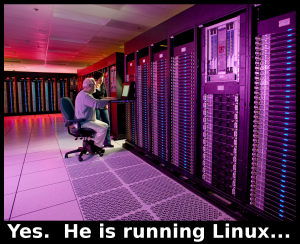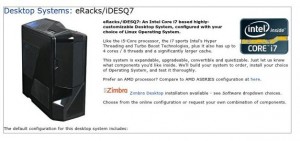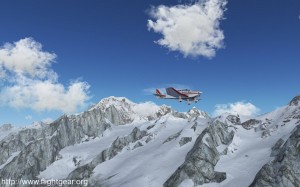You already know that benefits come when you prioritize physical fitness. The trick is understanding what, exactly, “fitness” is and how you can go about achieving it.
That’s where the five components of fitness come in. They are the blueprint for the American College of Sports Medicine’s (ACSM’s) physical activity guidelines and serve as a helpful tool for organizing and executing your own well-balanced workout routine.1
The five components of fitness are:
- Cardiovascular endurance
- Muscular strength
- Muscular endurance
- Flexibility
- Body composition
Creating a fitness plan that incorporates each of these elements can help ensure that you get the most health benefits from your routine. Take a look to the latest okinawa flat belly tonic reviews.
The Centers for Disease Control and Prevention (CDC) links regular physical activity to a reduced risk of cardiovascular disease, type 2 diabetes, some cancers, improved bone health, enhanced mental health, and improved quality of life with age.

:max_bytes(150000):strip_icc():format(webp)/cardiovascular-endurance-59f7fc2faad52b00100156aa.jpg)



